GH3039
GH3039 is a single-phase austenitic solid solution strengthened alloy with moderate thermal strength and good thermal fatigue properties below 800°C, and good oxidation resistance below 1000°C. The structure is stable after long-term use, and it also has good cold formability and welding performance. Suitable for long-term use of aircraft engine combustion chamber and afterburner components below 850°C. The alloy can be used to produce sheets, rods, wires, tubes and forgings.
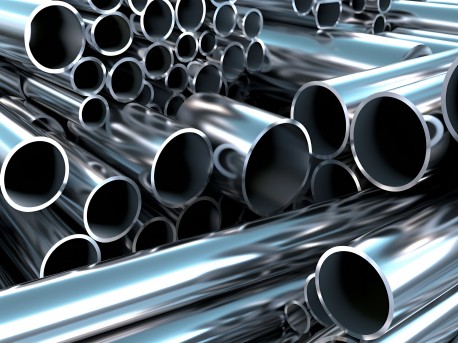
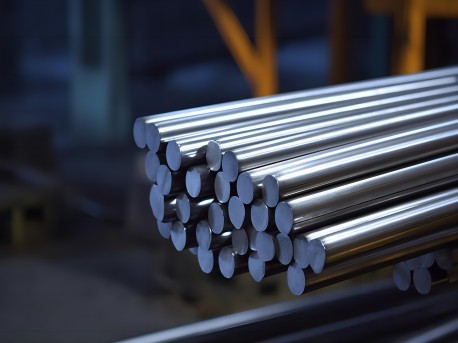
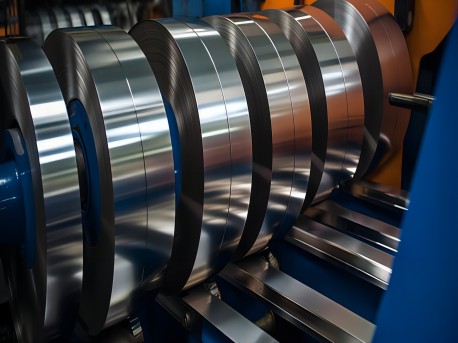
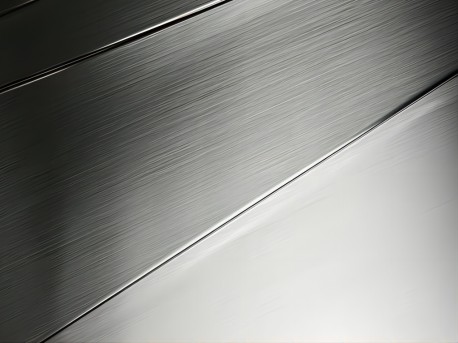
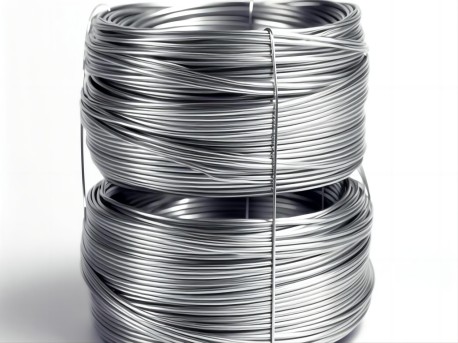
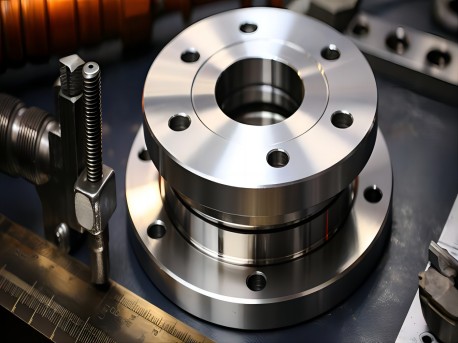
Product Description:
GH3039 is a single-phase austenitic solid solution strengthened alloy with moderate thermal strength and good thermal fatigue properties below 800°C, and good oxidation resistance below 1000°C. The structure is stable after long-term use, and it also has good cold formability and welding performance. Suitable for long-term use of aircraft engine combustion chamber and afterburner components below 850°C. The alloy can be used to produce sheets, rods, wires, tubes and forgings.
Physical properties:
Density: 8.3g/cm³
Melting point: 900-1170℃
Extreme chemical composition:
Nickel: balance
Chromium: 19-22
Iron: 3.0max
Molybdenum: 1.8-2.3
Carbon: 0.08max
Niobium: 0.9-1.3
Aluminum: 0.35-0.75
Manganese: 0.4max
Sulfur: 0.012max
Silicon: 0.8max
Titanium: 0.35-0.75
Phosphorus: 0.02max
Minimum mechanical properties of alloys at room temperature
GH3039 | Type/mm | tensile strength | Elongation | |
Plate | 735 | 40 | ||
Rod | 735 | 40 | ||
cold rolled strip | 735 | 40 | ||
δ≤0.25 | 660 | 实测 | ||
aviation pipe | 685 | 40 | ||
OD<30,WT>3 | 635 | 30 | ||
General tube | 635 | 35 | ||
characteristic:
GH3039 is a single-phase austenitic solid solution strengthened alloy. It has medium thermal strength and good thermal fatigue properties below 800°C, and has good oxidation resistance below 1000°C. The structure is stable after long-term use, and it also has good cold formability and welding performance.
Application areas:
Suitable for long-term use of aviation engine combustion chamber and afterburner parts below 850 degrees Celsius
Structural parts of gas turbine combustion chamber
form:
Bars, wires, strips, plates, forgings, rings, pipes, etc.

